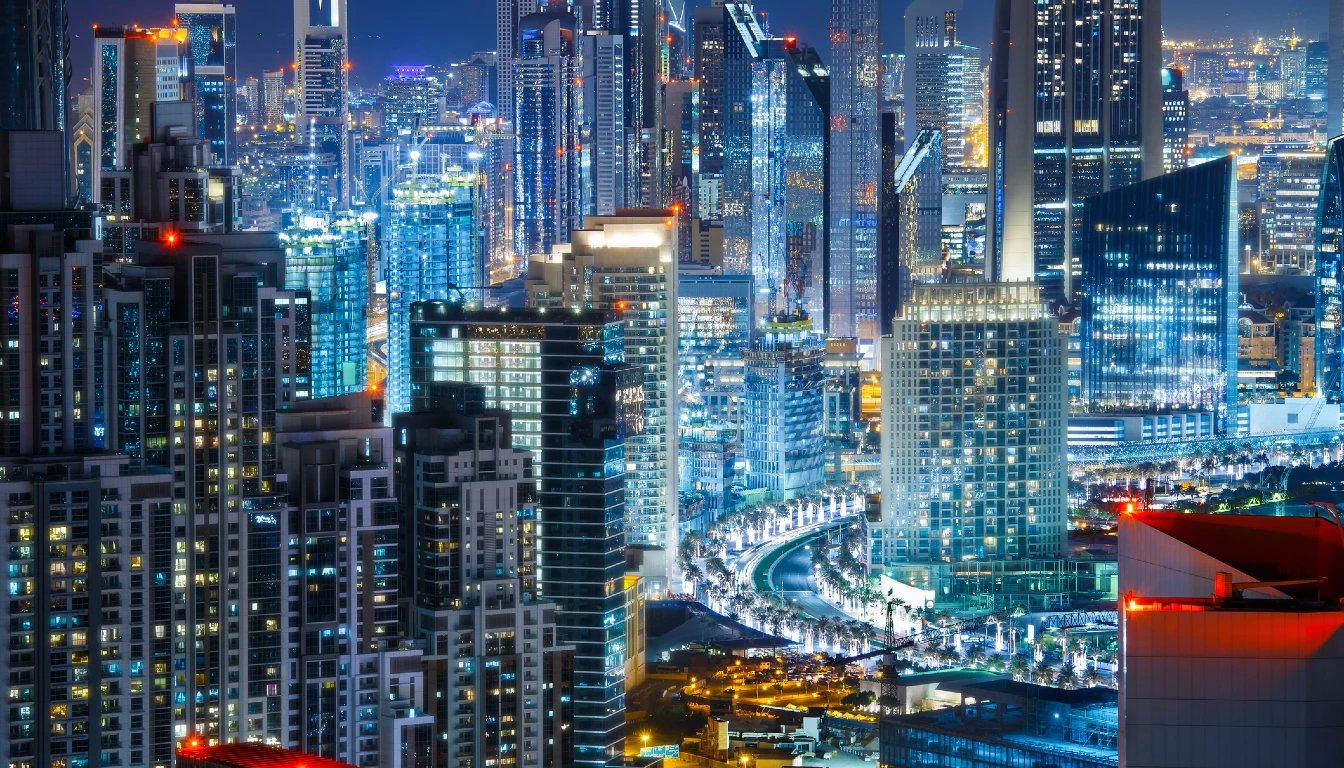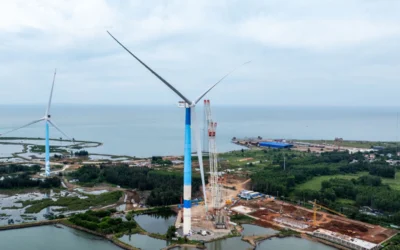OPINION By Hisham Hathal, Energy Consultant
Dubai’s iconic skyline, illuminated by a dazzling array of lights, is a testament to the city’s vibrancy. But what if we could retain this brilliance while making a substantial reduction in energy consumption? A promising solution lies in a surprisingly simple adjustment: optimizing the timing of its lighting systems.
Recent analysis suggests that adjusting when lights are turned on in Dubai could save up to 5,600 MWh annually. To illustrate, achieving such a reduction would require an installed solar capacity of approximately 3.9 MW—equivalent to about 9,750 solar panels, each with a 400-watt capacity, covering roughly 19,500 square meters.
For context, let’s consider the lighting strategies of different cities. Stockholm, known for its efficient energy practices, starts its artificial lighting at around 40 lux, a measure of light intensity. In contrast, Dubai’s lighting levels begin at about 2,700 lux, reflecting its need to match the city’s vibrant energy and high illumination standards. This significant difference underscores the potential for energy savings in Dubai through smarter lighting controls. Dubai also has a lot of similarities with the rest of the GCC and other oil producing countries where resources are vast and energy prices are very low.

Stockholm could provide a blueprint for Dubai and other cities. The city starts its artificial lighting at 40 lux, a very low level.
Moving to smart lighting controls would benefit safety by being able to adapt to rapidly dropping light levels, such as during a sandstorm. Automatically interconnecting with weather forecasts to prepare for inclement weather would also be possible. As a result, the baseline becomes a constant state of readiness for dust, even though sensors continue to function under such conditions.
Other cities including Copenhagen, Helsinki and Amsterdam follow the same sustainability strategy as Stockholm, where they operate smart lighting. Some cities, such as Barcelona, take it even further. There, sensors monitor if no one is on the street and turn off the street lights.
Sweden started this practice in 1973 to reduce energy consumption after the oil embargo and moved on from oil. In 2022 most of Europe got a similar wake up call after the Nord stream explosion.
So with such a smart system in place, a suggestion to delay city lighting by 30 minutes does not seem unreasonable.
Implementing timing adjustments not only promises substantial energy savings but also offers significant environmental benefits. Reducing lighting energy use in Dubai could cut CO2 emissions by approximately 2,300 tonnes per year, supporting global sustainability goals and demonstrating a commitment to reducing carbon footprints.
Energy audits are key to discovering such opportunities. They provide valuable insights that can lead to enhanced efficiency and a more sustainable future. For a city like Dubai, known for its innovation and dynamic approach, adopting timing adjustments could set a new standard in energy efficiency.
Dubai – and other similar cities – could achieve substantial energy savings, strengthen its climate action efforts, and continue to shine brightly, both literally and figuratively, without compromising its vibrant energy and character.




